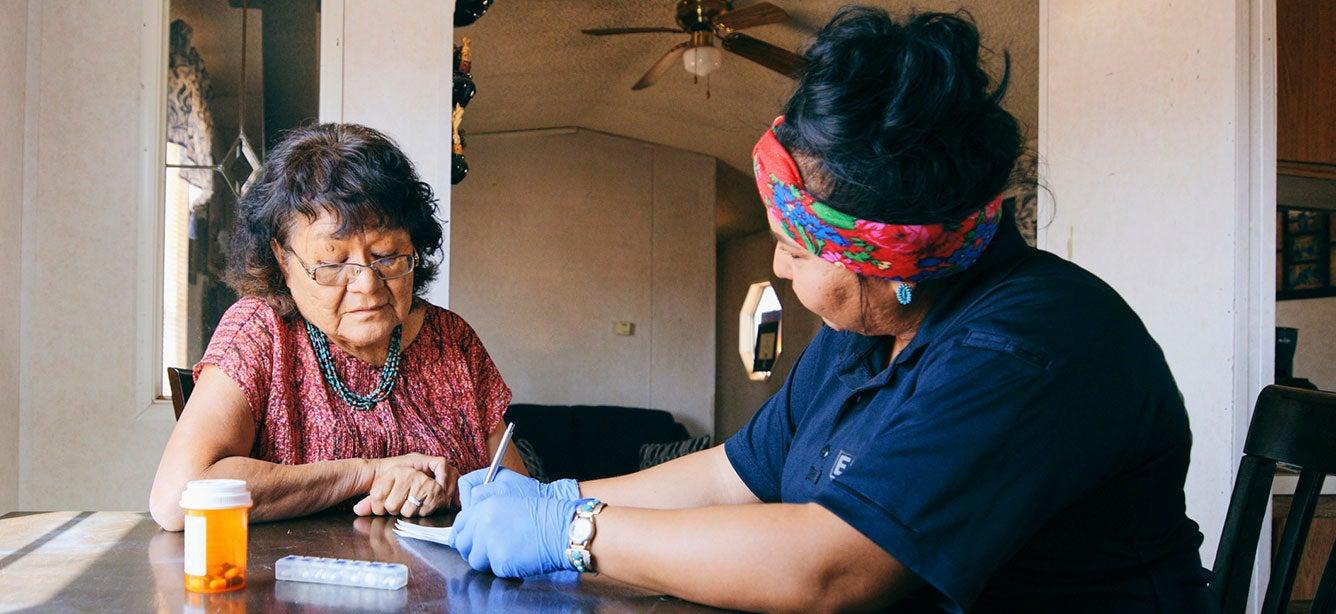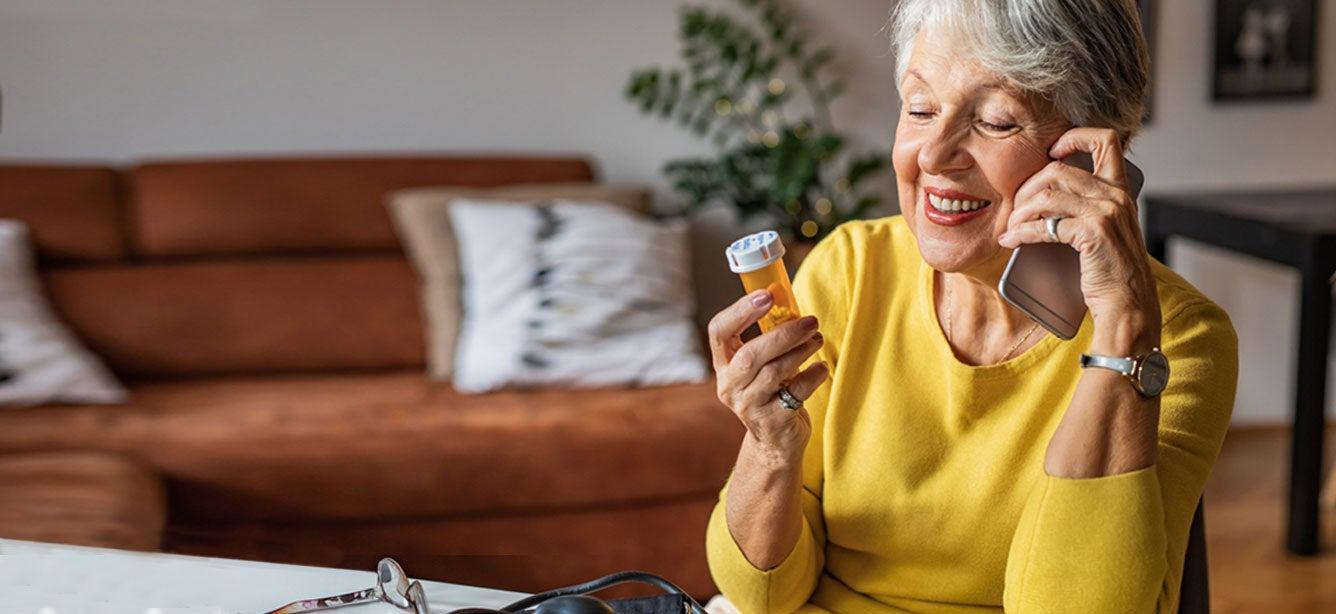
Medicare provides vital health care coverage for adults age 65 and older. But it doesn’t pay for everything, and there are out-of-pocket costs to consider. For older adults with low income, these costs can quickly become a burden—especially for those with chronic health conditions.
If you have limited means and are struggling to afford Medicare cost sharing, you may qualify for one of the Medicare Savings Programs (MSPs).
What are the Medicare Savings Programs?
MSPs are special benefit programs offered by state Medicaid agencies. They were created to relieve some out-of-pocket Medicare expenses for people who have limited income and assets. These programs are a lifeline for older adults and people with disabilities who cannot easily pay their monthly premiums, deductibles, or co-pays.
If you’re wondering where to start with Medicare Savings Programs, we’re here to help—with this simple 5-step checklist.
5 steps to help you get started with Medicare Savings Programs
1. Learn about the different MSPs and what they cover. There are four Medicare Savings Programs, and each provides a unique level of coverage for Medicare out-of-pocket expenses:
- Qualified Medicare Beneficiary (QMB): Covers the Part A premium and Part B premium as well as deductibles, coinsurance, and copayments.
- Specified Low-Income Medicare Beneficiary (SLMB): Covers the Part B premium.
- Qualifying Individual (QI): Covers the Part B premium.
- Qualified Disabled Working Individual (QDWI): Covers the Part A premium.
You cannot choose which MSP to enroll in. Rather, you’ll be enrolled in the program that most closely matches your financial needs.
2. Check to see if you meet the eligibility requirements. To qualify for a Medicare Savings Program, you must be enrolled in at least Medicare Part A. You must also meet specific income and asset limits set by the state where you live. These limits are based on the Federal Poverty Guidelines and change every year. Each of the four MSPs has different eligibility requirements. See current MSP income and asset limits here.
"Too many older adults miss out on valuable help simply because they don't know it's there," said Ryan Ramsey, NCOA Associate Director of Health Coverage and Benefits. "If you qualify, a Medicare Savings Program can keep you from getting overwhelmed by Medicare costs. It's real money back in your pocket, money that can be used to pay for food, gas, utilities, and other living expenses."
3. Contact your state’s Medicaid agency to apply. You can confirm your eligibility and start the Medicare Savings Program application process through your state’s Medicaid office. The contact information for your state can be found on the Medicaid.gov website.
4. Explore other benefits you may qualify for. If you qualify for an MSP, there may be other benefits programs you can enroll in. These programs can help you afford health care and medications as well as groceries, utilities, and even property taxes. Go to NCOA’s BenefitsCheckUp and enter your ZIP code to learn more about the public and private programs available. We'll even tell you how to get help applying to programs you think you may qualify for.
5. Chat with a Medicare expert for free. When it comes to Medicare, trying to navigate the coverage selection process can be challenging. But you're not alone. For unbiased, knowledgeable guidance, contact your State Health Insurance Assistance Program (SHIP). SHIP counselors are specially trained to work directly with older adults to help them understand their Medicare coverage choices. They'll walk you through your options, answer your questions, and help you find the plan(s) that best meets your needs.



